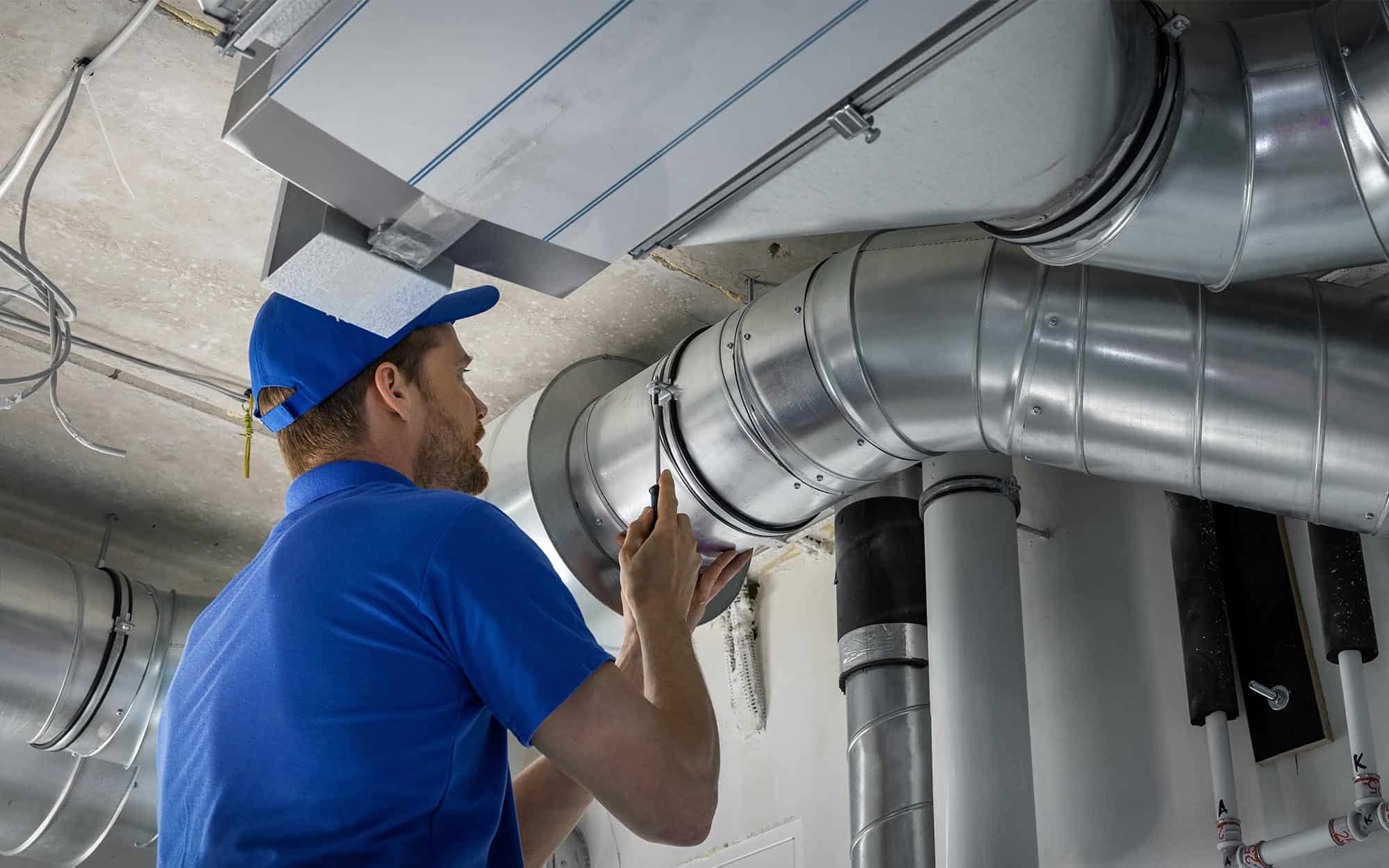Understanding HVAC Systems
Heating, Ventilation, and Air Conditioning (HVAC) systems are integral to maintaining indoor comfort. In Australia, where climate conditions can vary significantly, having a robust HVAC system is not just a luxury but a necessity.
1. Types of HVAC Systems
HVAC systems come in various forms, each suited to different home sizes and climate demands. Understanding the options available can help homeowners make informed decisions.
Common HVAC Systems:
-
Split Systems: Ideal for small spaces, offering efficient heating and cooling.
-
Ducted Systems: Suitable for larger homes, providing even temperature control throughout.
-
Multi-Split Systems: Allow multiple indoor units connected to one outdoor unit, ideal for zoned comfort.
-
Packaged Systems: Common in commercial settings but also applicable for residential use.
2. HVAC Systems for New Constructions
For new constructions, integrating HVAC systems during the building phase ensures optimal placement and efficiency. Contractors in Australia offer tailored solutions to meet building codes and energy standards.
Benefits of Early Integration:
-
Efficiency: System components can be optimally placed for maximum efficiency.
-
Cost-Effectiveness: Incorporating HVAC during construction can reduce installation costs.
-
Customisation: Systems can be tailored to specific architectural designs and occupant needs.
3. Small HVAC Systems for Compact Homes
In compact homes or apartments, small HVAC systems provide efficient climate control without occupying much space. These systems are designed to be discreet yet effective.
Features of Small Systems:
-
Compact Design: Takes up minimal space, ideal for apartments.
-
Energy Efficiency: Designed to provide maximum comfort with minimal energy use.
-
Quiet Operation: Operates quietly, ensuring a peaceful environment.
HVAC Companies in Australia
Australia boasts numerous HVAC companies, each offering unique products and services. Choosing the right provider can significantly influence the performance and longevity of an HVAC system.
1. Leading HVAC Providers
Several reputable HVAC companies operate across Australia, providing a range of products and services to cater to different needs.
Notable Companies:
-
Daikin Australia: Known for energy-efficient systems and innovative technologies.
-
Mitsubishi Electric: Offers a wide range of HVAC solutions with a focus on sustainability.
-
Fujitsu General: Provides reliable systems with advanced features for enhanced comfort.
|
Company
|
Key Features
|
|
Daikin Australia
|
Energy-efficient, innovative technology
|
|
Mitsubishi Electric
|
Sustainable solutions, wide range
|
|
Fujitsu General
|
Reliable systems, advanced features
|
Data Source: Company Websites
2. Choosing the Right Company
Selecting the right HVAC company involves considering factors such as reputation, customer service, product range, and after-sales support.
Selection Criteria:
-
Reputation: Look for companies with positive reviews and industry recognition.
-
Customer Service: Ensure the company offers comprehensive support and warranty services.
-
Product Range: Consider the variety of systems offered to meet specific needs.
3. Comparing HVAC Options
When comparing options, consider the efficiency, price, and features of different systems. This can help in selecting the most suitable system for your home.
Comparison Points:
-
Energy Efficiency: Evaluate the energy star ratings of systems.
-
System Price: Compare costs versus features and benefits.
-
Features: Look for advanced features like smart controls and air purification.
HVAC System Prices and Considerations
Understanding the cost of HVAC systems is crucial for budgeting and ensuring value for money. Prices can vary based on system type, efficiency, and installation complexity.
1. Factors Influencing Prices
Several factors can affect the cost of an HVAC system, including the brand, efficiency rating, and installation requirements.
Key Price Factors:
-
System Type: Ducted systems generally cost more than split systems.
-
Energy Efficiency: Higher efficiency systems may have a higher upfront cost but save money in the long run.
-
Installation Complexity: More complex installations can increase labor costs.
2. Budgeting for HVAC Systems
Creating a realistic budget involves considering both the initial purchase price and ongoing operational costs.
Budget Considerations:
-
Initial Costs: Include the cost of the system and installation fees.
-
Operational Costs: Consider energy consumption and maintenance expenses.
-
Long-Term Savings: Factor in energy savings from efficient systems.
|
System Type
|
Average Cost (AUD)
|
|
Split System
|
1,500 - 3,500
|
|
Ducted System
|
5,000 - 10,000
|
|
Multi-Split System
|
3,000 - 7,000
|
Data Source: Australian HVAC Industry Reports
3. Getting Quotes and Evaluations
Obtaining multiple quotes from different providers can help in finding the best deal. Professional evaluations ensure the system meets specific home requirements.
Tips for Quotes:
-
Multiple Quotes: Compare quotes from at least three different providers.
-
Detailed Evaluations: Ensure providers conduct thorough assessments of the home.
-
Transparent Pricing: Look for quotes that include all potential costs.
Frequently Asked Questions (FAQ)
Q1. What is the best HVAC system for a small home?
Split systems are often ideal for small homes due to their compact design and efficiency.
Q2. How do I choose the right HVAC company in Australia?
Consider the company's reputation, customer service, and product range when making a decision.
Q3. How much does a ducted HVAC system cost on average in Australia?
Ducted systems typically range from AUD 5,000 to 10,000, depending on the size and complexity.
Q4. Are there energy-efficient HVAC options available?
Yes, many systems come with high energy star ratings, providing efficient heating and cooling.
Q5. Can I integrate an HVAC system into a new construction?
Yes, integrating an HVAC system during the construction phase can enhance efficiency and reduce costs.

